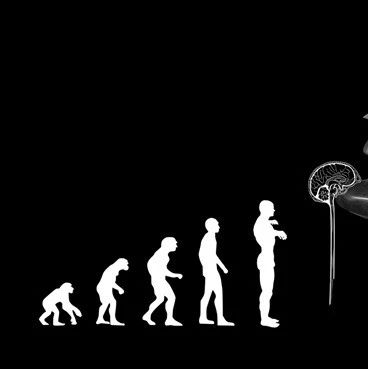摘要:国际研究小组在香港屠宰场采集样本,追踪猪流感A型病毒的起源和变异。采集来的数据以及近30年来香港地区猪流感相关分析,研究小组得到关于猪流感病毒亚型和抗原决定簇的新线索。

猪流感病毒
In a paper appearing online today in Nature , an international research group used prospectively collected samples from pigs at Hong Kong slaughterhouses to trace the evolution and movement of swine influenza A viruses.
Based on phylogenetic and other analyses of hundreds of flu viruses collected from pigs in Hong Kong over more than a decade — combined with additional data on flu viruses found in the region over more than 30 years — the team got new clues about how reassortment events have led to swine flu virus genotypes with new genetic and antigenic features.
"[T]he risk of swine-to-human transmission has not increased greatly, but the diversity of swine viruses has increased as shown in our study," lead author Dhanasekaran Vijaykrishna, an infectious disease, microbiology, and viral evolution researcher affiliated with the University of Hong Kong, Shantou University Medical College, and Duke-NUS in Singapore, said in a statement.
"This means that the repertoire of viruses that humans are in contact with everyday has increased and this may lead to a higher likelihood of swine-to-human transmission, although the risk remains unquantified," he added.
The researchers sub-typed viruses isolated from nose and throat swabs collected from pigs at a Hong Kong slaughterhouse between the spring of 1998 and early 2010.
They then came up with phylogenetic trees using data on 573 H1N1 and H1N2 viruses, 97 H3 viruses, and the two avian H9N2 viruses, sequencing the genes that code for proteins found on the viral surface and doing whole-genome, Sanger sequencing on 221 of the viruses.
Whereas H1N1 viruses from the "classical swine," or CS, group predominated at the slaughterhouse between 1998 and 2002, they reported, H1N1 viruses from the Eurasian avian-like swine (EA) group began appearing in 2001. The triple reassortment swine version of H1N2, dubbed TRIG, turned up the following year.
Swine at the slaughterhouse carried several different flu strains, including three swine influenza A virus lineages — CS H1N1, EA H1N1, TRIG H1N2 — and the human flu virus H3N2, from 2002 until 2005, when H3N2 viruses waned and EA H1N1 virus became most common.
Although they didn't see any evidence of reassortment in historical samples collected between the mid-1970s and 1990's, the researchers did find reassorted swine flu viruses over the 1998 to 2010 sampling period, leading to at least 14 reassortment genotypes.
Just three of these new genotypes appeared in multiple samples, the team noted, suggesting that only a subset of reassorted viruses can continue circulating in animals.
Together with their epidemiological, antigenic, and other data, the team's gene reassortment and phylogenetic tree findings suggest that the intermingling of flu viruses with different genetic and antigenic profiles has led to numerous reassortments, leading to shifts in the antigens on the viral surface that are recognized by host immune systems.
And while they did not detect the H1N1/2009 strain behind the 2009 swine flu pandemic, those involved in the study say it's likely that that strain sprung up through similar rearrangements involving viruses from different regions and host animals.
"Our findings indicate that increased antigenic drift is associated with reassortment events and offer insights into the emergence of influenza viruses with epidemic potential in swine and humans," the team wrote, noting that future efforts to determine which flu viruses pose a pandemic threat to humans will benefit from considering the likelihood of transmission to humans as well as levels of immunity to a given strain.







